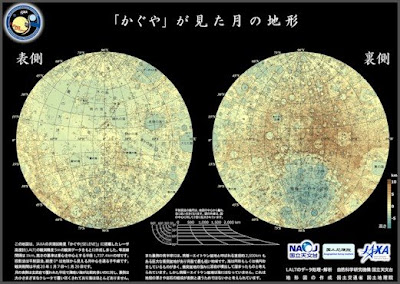 Watching history in the Making...
Watching history in the Making...Most of us Groundpounders have been privileged to witness knowledge being compiled and redocumented in Real Time in the realm of space exploration. By contrast, more than one millennium had to pass before Ptolemy's tidy model finally shattered under accumulated observation of planetary movements. Whereas today, cosmological Grand Theories seem to rise and fall with Earth's rotation. It's not correct, any longer, to say 'rarely do we see a day,' when we see such dramatic data arrive from probes circling two different worlds that boggle not just the mind or the mathematics, but the eye.
To take nothing away from the spectacular, truly breathtaking photographs of Mar's moon Phobos coming from HiRISE, JPL and the University of Arizona released yesterday, this site tries to limit our scope to Earth's Moon, and the things happening that get us from here to there, and Lunar Science, or Selenology. That, in itself, is like sipping water from a fire hose. We're likely as not to be driven to, well... lunacy, quite soon, if that scope is not narrowed still further.
In following that mission, however, few things can grab our attention faster than the delivery of more than just the promise of things to come from the newest generation of lunar orbiters, in this case JAXA, the Japanese Space Agency, has just released the results of the first two weeks of data from the laser altimeter experiment on-board the lunar orbiting Kaguya (Selene) platform.
LPOD, and the Moonipedia are busy correcting one another's work trying to arrive at that impossible consensus on what best describes the significant improvements suddenly available over data on lunar topography discovered by Clementine in 1999. You can watch history in the making, as the history book is scratched out and re-written literally before your eyes.
The long time when many of us had to satisfy ourselves with the Lunar Orbiter images, now forty years old. Long before the thirteenth human to walk on the moon arrives, Dr. Jack Schmidt assures us, we may feel we have been there.

No comments:
Post a Comment